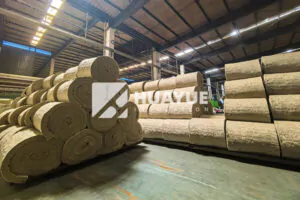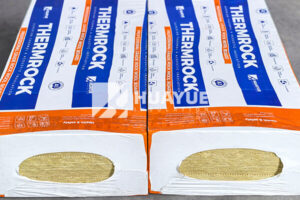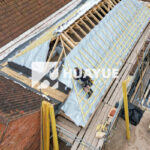Mineral Wool Ceiling Insulation: What Should You Really Know?
When you pick ceiling insulation, the wrong choice can mean high bills or even safety risks. Many people miss important details when choosing mineral wool for their ceilings.
Mineral wool ceiling insulation is popular because it resists fire and blocks sound, but it can also have drawbacks, like possible irritation during installation and a higher cost than some alternatives.
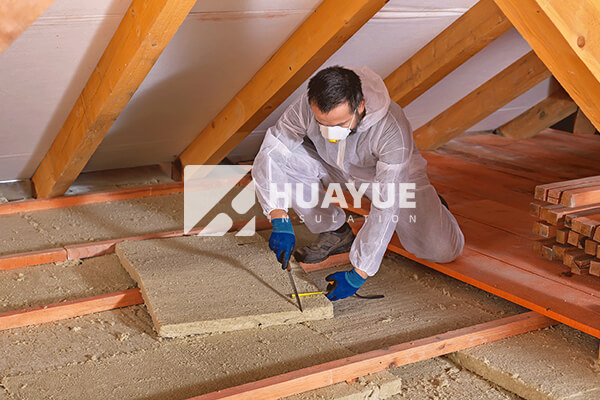
Ceiling insulation plays a big role in your comfort and your energy use. You want your home or factory to stay warm or cool without wasting money. You might see claims that mineral wool works best everywhere, but every ceiling has unique needs. I learned the hard way that you need the right details before making a final call. Let’s dig into what really matters about mineral wool in ceilings, including what most brochures leave out.
What are the disadvantages of mineral wool insulation?
Some clients find mineral wool insulation less appealing because it can be more expensive, and touching it may cause skin or breathing irritation. It is also heavier than some alternatives, which makes ceiling installation harder.
The main problems with mineral wool insulation include possible irritation to skin or lungs during handling, higher price, and added weight that can make ceiling fixtures more complex.

Mineral wool insulation does not suit every ceiling project. I once managed an upgrade where we thought mineral wool was the safest pick. The workers needed gloves and masks because the tiny fibers caused itching and sneezing. For light ceiling structures, mineral wool’s weight challenged the supports. In humid settings, if the insulation stays wet, its performance drops. Compare this to fiberglass, which is lighter and less irritating, or foam, which offers a softer texture.
Here’s a breakdown:
| Factor | Mineral Wool | Fiberglass | Foam Board |
|---|---|---|---|
| Cost | Higher | Moderate | Variable |
| Ease of Install | More difficult | Moderate | Easy |
| Weight | Heavier | Lighter | Light |
| Irritation Risk | High | Moderate | Low |
| Water Resistance | Good (unless soaked) | Good (can rot) | Excellent |
If you work in places where cleanliness and quick installation matter, like hospitals or schools, these facts count. So, while mineral wool is strong and blocks fire, you have to plan for these challenges.
Is ROCK WOOL insulation good for ceilings?
ROCK WOOL insulation suits ceilings where you want both fire protection and soundproofing. It handles high temperatures and gives you stable performance over long periods.
ROCK WOOL insulation performs well in ceilings because it stays stable in heat and blocks sound, but the ceiling structure must handle extra weight.
ROCK WOOL is a type of mineral wool made mainly from melted rock, such as basalt. In my work with tanks and large facilities, I’ve seen ROCK WOOL stop fires from spreading through ceiling spaces. It does not burn or drip when exposed to flames. For sound, it absorbs more noise than fiberglass or foam. But all this performance comes at a cost. If the ceiling frame is too thin, ROCK WOOL’s weight can lead to sagging or even collapse. You also need good handling: each piece must fit tightly, or gaps kill the effect.
Let’s look at key ROCK WOOL features for ceilings:
| Feature | Description |
|---|---|
| Fire Resistance | Will not burn; up to 1000°C (1832°F) |
| Sound Blocking | NRC rating typically 0.9 or higher |
| Durability | Does not shrink, maintains thickness |
| Installation | Heavy, needs strong support structure |
| Moisture Response | Water-resistant, but not waterproof; must be dry for best performance |
If you value long-lasting fire and sound protection, ROCK WOOL is a top choice. But always review the ceiling specs first.
Will mice chew through ROCK WOOL insulation?
Mice rarely chew through ROCK WOOL insulation because the dense, sharp fibers are uncomfortable and not a good food source.
ROCK WOOL insulation is not attractive to mice; they usually avoid nesting or chewing in it due to its texture.
In industrial sites, I sometimes deal with rodent problems. With fiber-based insulation like fiberglass, mice sometimes try to build nests. In contrast, ROCK WOOL’s dense mat and rough texture turn them away. It will not feed pests. There are always exceptions, especially if food or access is nearby, but as a rule, ROCK WOOL stands up better than cheaper materials.
Let us compare common insulations:
| Insulation Type | Mice Attraction | Chance of Damage |
|---|---|---|
| ROCK WOOL | Very Low | Rare |
| Fiberglass | Moderate | Sometimes |
| Foam | High | Often |
| Cellulose | High | Often |
For peace of mind, ROCK WOOL is safer when you worry about mice or other small animals invading your ceiling space.
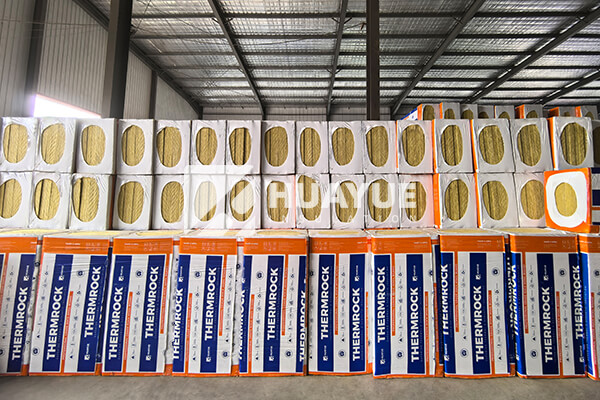
Is mineral wool better than ROCK WOOL?
Mineral wool and ROCK WOOL have similar properties, but ROCK WOOL is often denser and offers better fire and sound resistance, making it preferable where those features are vital.
ROCK WOOL insulation is considered a type of mineral wool, and it usually outperforms standard mineral wool in density, heat resistance, and strength.
I often get asked to clarify the differences because the terms overlap. Mineral wool refers to both glass wool and stone wool (ROCK WOOL). Most industry experts use “ROCK WOOL” to describe stone-based mineral wool with higher density and fire protection. Glass wool is lighter and easier to handle, which helps in budget projects that still need sound or moderate heat protection. For dense, fire-prone environments, I choose ROCK WOOL. For lighter ceilings where cost matters, standard mineral wool, often glass wool, can work.
Compare the two side by side:
| Property | Mineral Wool (General) | ROCK WOOL (Stone Wool) |
|---|---|---|
| Base Material | Glass fiber or stone | Stone (basalt) |
| Density | Moderate | High |
| Soundproof | Good | Excellent |
| Fireproof | Good | Excellent (higher temp) |
| Weight | Lighter (glass) | Heavier |
| Strength | Moderate | High |
Choose according to your site’s needs: light structure and moderate fire risk means general mineral wool is enough. High fire or sound needs point to ROCK WOOL every time.
Conclusion
Mineral wool ceiling insulation has strengths and drawbacks. For top fire and sound protection, choose ROCK WOOL, but check cost and ceiling strength before making your decision.
You may also be interested in:
Ready to Get Started?
Get in touch with our experts for personalized solutions tailored to your needs.
Get Free QuoteLatest Articles
Let's Work Together
Ready to take your business to the next level? Get in touch with our team of experts and let's discuss how we can help you achieve your goals.
Get Free Solutions
